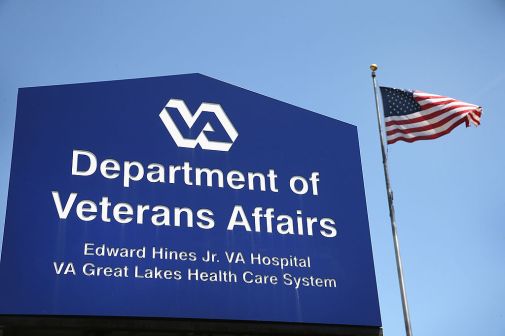VA looks to streamline use military discharge data

The Department of Veterans Affairs is working with the Department of Defense to accelerate the authoritative use of digital military discharge form data for veterans services.
Issued by DOD upon a service member’s retirement, separation or discharge from any military branch, the DD 214 summarizes their service, medals and awards. The form is also the basis of reintegration into civilian life and required for a veteran to opt into VA services like college education discounts, hiring preference, loans, medical benefits, and funeral arrangements.
VA and DOD are improving data interoperability across the board through their Joint Executive Committee. And together they’re in the early stages of forming a DD 214 action plan, Kshemendra Paul, chief data officer at VA, told FedScoop after the 2020 Health IT Summit on Thursday.
“We’re moving toward a future state where veterans don’t need to present the DD 214,” Paul said. “And it takes time to work through all the policy linkages and then to organize all the different dimensions: the IT bits, the budgeting bits, the business process reengineering bits, the work with regulations that define each of the benefits that VA offers.”
VA wants to get to the point where it can accept DD 214 information authoritatively from DOD and not have to ask the veteran, Paul said during a panel discussion. That’s currently VA’s policy in some cases but not all.
At root it’s a change management issue, where VA and DOD must “harmonize” their policy frameworks, Paul said.
Paul has only been in his role at VA for four months, which has largely consisted of the initial onboarding and survey of the data landscape.
“It’s important to note that we’ve been doing IT information sharing along these lines with DOD for some time and making progress on these dimensions,” Paul told FedScoop. “But it’s a complex organization, and working through the linkages just takes a little bit of time.”
Information sharing is also at the center of the VA’s and DOD’s decisions to simultaneously modernize their electronic health records systems using the same Cerner platform.






